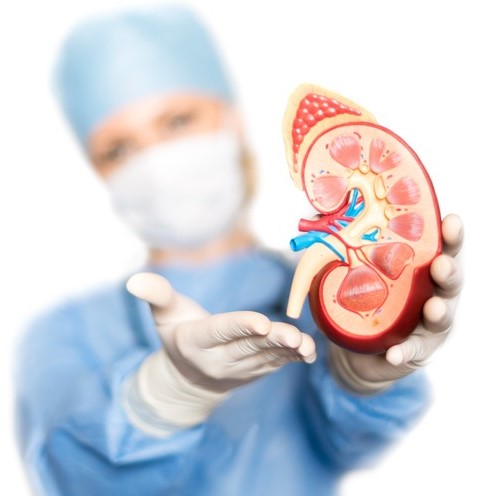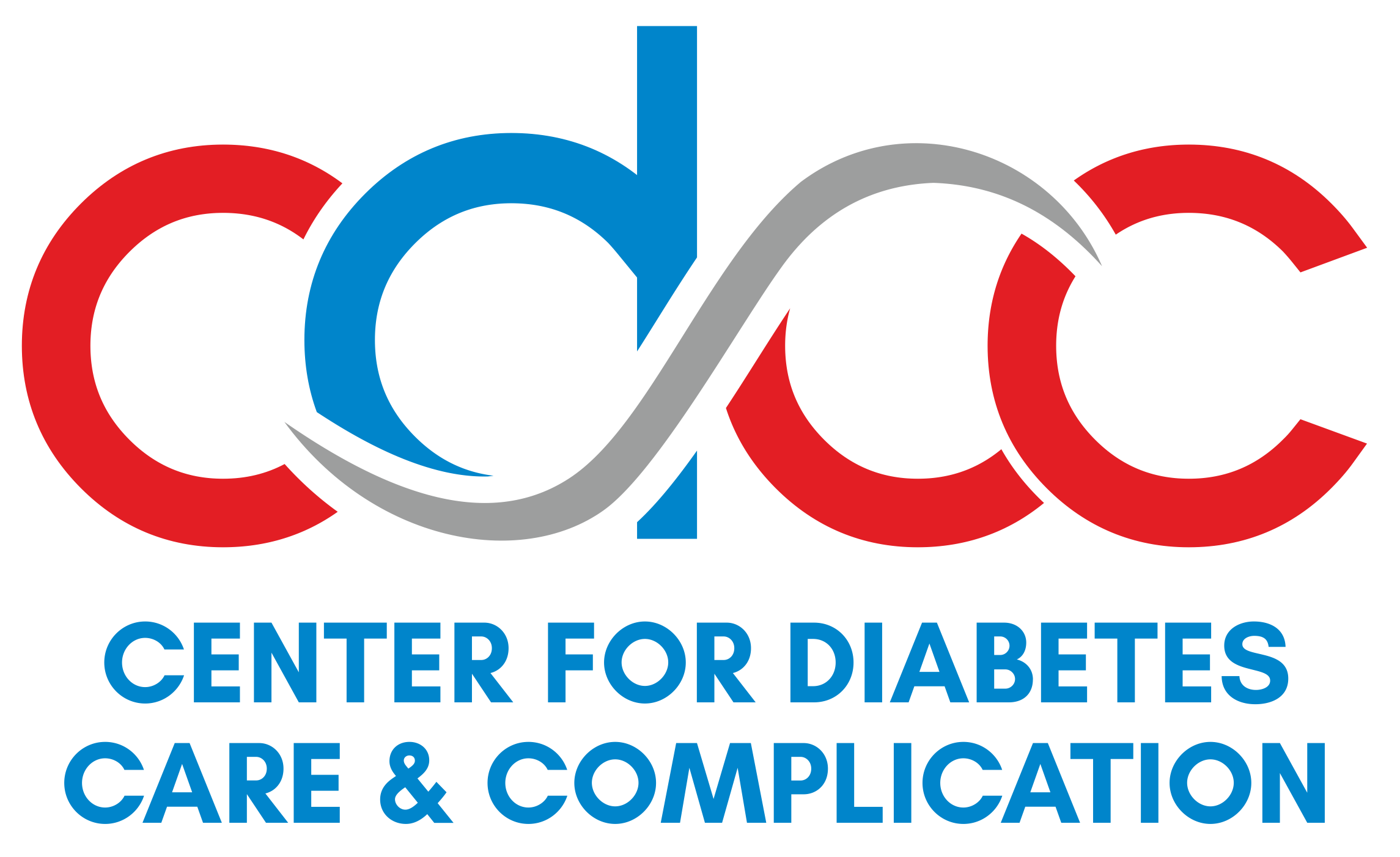Diabetic nephropathy -- kidney disease that results from diabetes -- is the number one cause of kidney failure. Almost a third of people with diabetes develop diabetic nephropathy.
People with diabetes and kidney disease do worse overall than people with kidney disease alone. This is because people with diabetes tend to have other long-standing medical conditions, like high blood pressure, high cholesterol, and blood vessel disease (atherosclerosis). People with diabetes also are more likely to have other kidney-related problems, such as bladder infections and nerve damage to the bladder.
Kidney disease in type 1 diabetes is slightly different than in type 2 diabetes. In type 1 diabetes, kidney disease rarely begins in the first 10 years after diagnosis of diabetes. In type 2 diabetes, some patients already have kidney disease by the time they are diagnosed with diabetes.
Symptoms
There are often no symptoms with early diabetic nephropathy. As the kidney function worsens, symptoms may include:
- Swelling of the hands, feet, and face
- Trouble sleeping or concentrating
- Poor appetite
- Nausea
- Weakness
- Itching (end-stage kidney disease) and extremely dry skin
- Drowsiness (end-stage kidney disease)
- Abnormalities in the hearts' regular rhythm, because of increased potassium in the blood
- Muscle twitching
As kidney damage progresses, your kidneys cannot remove the waste from your blood. The waste then builds up in your body and can reach poisonous levels, a condition known as uremia. People with uremia are often confused and occasionally become comatose.
We  are commited to catch them early before it's too late.
are commited to catch them early before it's too late.
We believes in prevention which is better than cure.

